
Original text from 2002
Cloning the Tandy TRS80 range of computers seemed to be a popular pastime in the 80s with the likes
of Wales' Dragon Data, Dick Smith in Australia and Brazil's Microdigital all getting in on the act.
In 1985 enter VTech with the Laser 200 which
was basically a miniaturised Color Computer like the MC10. In the UK it was marketed as the TEXET TX8000 which is what I
remembered it as, Dick Smith sold it as the VZ200. Unfortunately for Vtech it was a bit 'too little too late' for the UK since the ZX Spectrum
had been selling particularly well in the couple of years beforehand so it was too limited, particularly
in colour pallette which was the same as the Coco/Dragon32. Only 4K of RAM too. Mine has suffered a RAM or ROM based death as you can see.
2002 Pictures
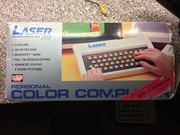 | 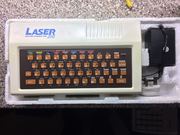 | 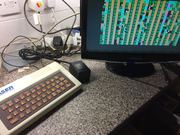 |  |
May 2025 Update
Before RetroFest this year I managed to win a 16K RAM pack for this little beast. Having had it for 23 years in a non-working condition meant that now I
had the RAM pack I need to get the machine itself running. As I posted on Bluesky back in May this year 'It's such a simple circuit, how hard can it be?'
Readers. It was very hard. Stop giggling at the back.
First off the machine acted like it had bad ROMs. For some inexplicable reason (cost), Vtech had designed the board with 2764 EPROMs in mind,
but when it came to production they cheapened out and used 2364 PROMs instead. Very different things meaning that the back of the board needed bodge wires to move the chip select
signals around. Not many devices can read 2364 PROMs so the easiest thing to do is remove them and replace with 2764 EPROMs instead - the BASIC firmware is readily available.
(By the way, this machine is essentially a hacked around Tandy TRS80 Model 1 but with colour, the famous 6847 VDC much loved by the Motorola brigade on the Tandy Co-Co, Dragon
32 and many derivatives)
Putting the chip select lines etc back after adding sockets and a pair of 27C64JL EPROMs was straightforward and actually made the back of the board look neater.
But there was an issue I didn't discover until right at the end. Maybe you can guess what it was. Machine didn't work still. Everything LOOKED active, address bus and data bus were
busy, the Z80 had a clock, /RESET was good but... still no worky. Enter the Dead Test ROM coded up by Rhys Weatherley as he was restoring his own VZ200. This has a test screen in
ROM which it copies to VRAM then compares before moving on to check program RAM and the keyboard. Big fail, and I spent hours with the HP1660a logic analyser trying to capture the
point it went bad. What I COULD spot was that D6 was being flattened, so anything that required D6 wasn't written correctly, eg 0x52 would be written as 0x12.
(RetroFest happened at this point, so I exhibited the machine with its info sheet saying "Current state: cursed").
Once the dust had settled I didn't want to be beaten by this machine. I was fed up burning EPROMs so I bought some pin-compatible 28C64 EEPROMs - these are
electrically erasable, so no messing with UV lamps for 20 mins a go to fully blank an EPROM. First run and the machine scrawled over the EEPROM! That can't be right, so I tried again
with the second one. Same thing. How is this machine writing from address 0x0000 upwards? Did you spot the fault? The /WE pin (write enable) on an 28C64 chip is pin 27, and it needs
to be tied high to stop it being scribbled on. In this machine's case, pin 27 wasn't tied to anything so It was floating, which as we all know can lead to chaos. It also just so
happens that on a regular 2764 pin 27 is /PGM, ie the enable programming pin. It's not possible to write fully because PGM voltage needs to be 12-25V, but maybe enough was being
disrupted to cause incorrect reads.
I added a bodge to tie pin 27 high (as one of Rhys' pictures shows, I just didn't see it) and the machine burst into life. 😆
Another (final) round of erase/burn on the 27c64 EPROMs again, with V2 BASIC and they too worked happily. Replace all the chips I'd socketed, still good.
While all this was going on I'd bought and assembled a Retro Chip Tester Pro, and this read and dumped the original 2364 PROMs - they were fine, gah.
So! I'd somehow fixed, then broken then fixed the machine again so now I'll never know what the original issue was, dammit. RAM pack worked fine and showed the correct results from
the commands in the manual. Now I just need to find an SDcard adapter so I don't have to faff around with cassettes 😄 (seems Benn Venn does/did one for only $60AUD, hopefully
they're still making them).
Thanks to Rhys Weatherley for the Dead Test.
2025 Pictures
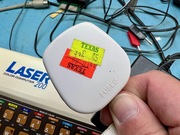 | 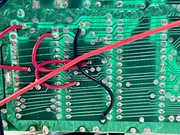 | 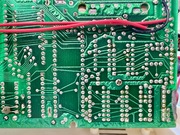 | 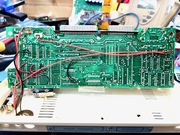 |
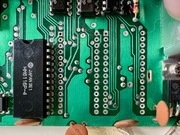 | 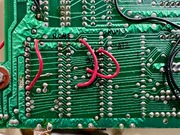 | 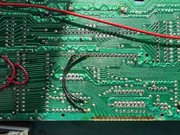 | 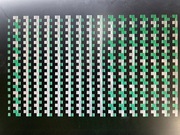 |
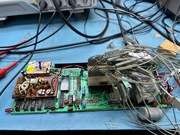 | 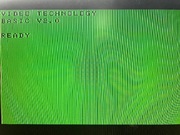 | 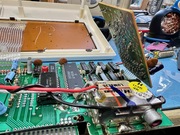 | 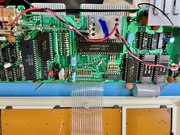 |
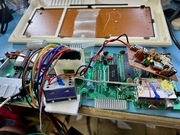 | 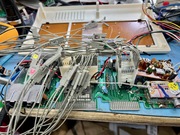 | 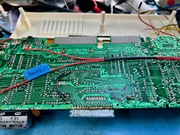 | 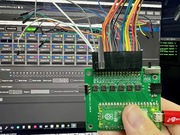 |
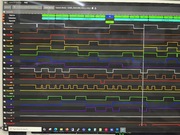 | 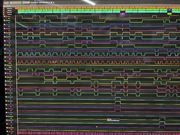 | 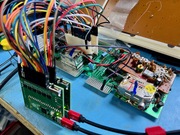 | 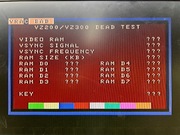 |
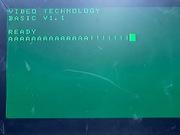 | 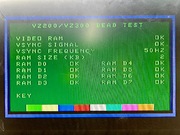 | 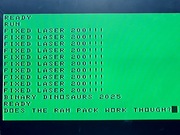 | 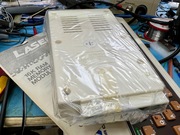 |
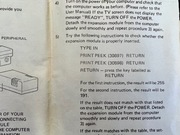 | 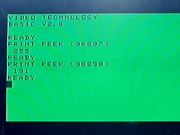 | 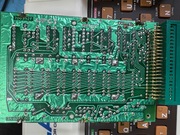 | 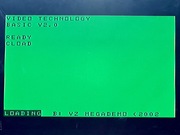 |
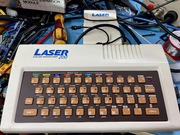 |  |  |  |